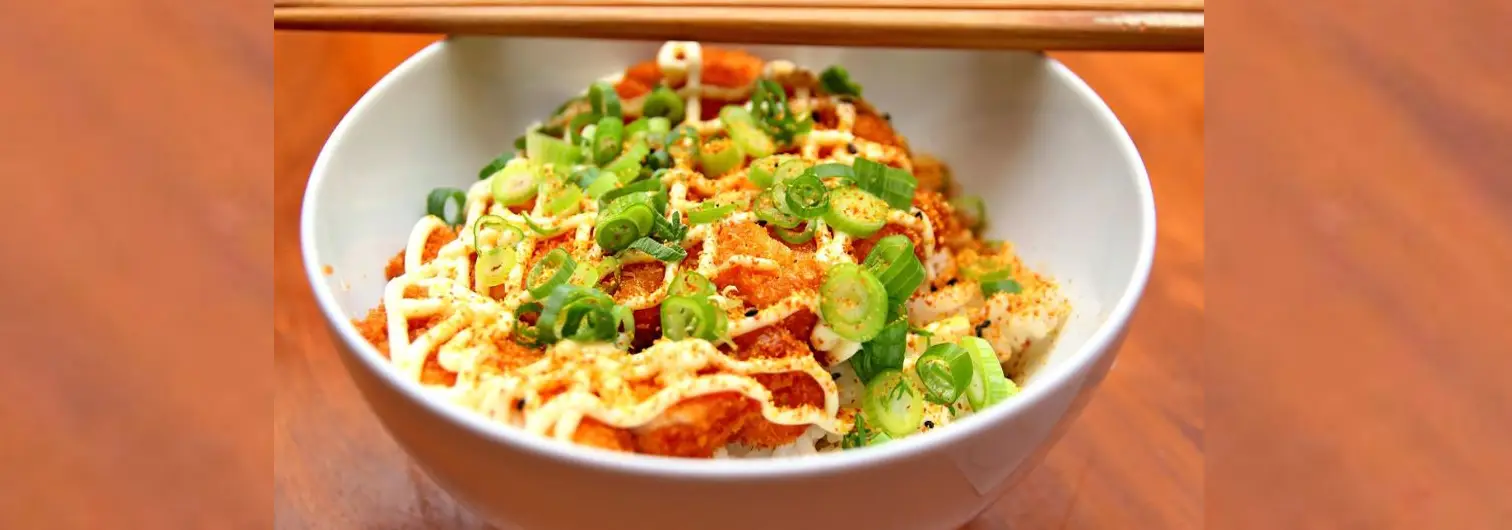Ever noticed how the meaning of “home” changes depending on where you are? One country’s favorite snack might be unrecognizable to someone across the border—but that’s exactly the charm. Big brands are always stepping into stirring the pot of tastes, shedding the one-size-fits-all approach to embrace hyper-local quirks. It’s no longer just about selling a product; it’s about whispering, “We know you” in the language of spices, snacks, and regional delights. Because when you speak to people’s plates, you speak to their hearts.
One Passport, Many Accents
What happens when global brands trade their passports for spice jars? They stop being just brands and start feeling like home.
Take Domino’s India—sure, it serves pizza, but with a desi twist. Peppy Paneer, Chicken Tikka Pizza—each bite is a fusion of global fast food and India’s spice-laden soul. It’s not just about adding local toppings; it’s about understanding that a classic margherita won’t cut it when your audience craves a burst of masala.

Then there’s KitKat Japan, where a simple chocolate bar transforms into a cultural phenomenon. With flavours like Matcha Green Tea, Wasabi, and even Purple Sweet Potato, KitKat isn’t just a snack—it’s a love letter to Japan’s obsession with seasonal and regional specialties. Locals cherish it, tourists hunt for it, and each new flavour drop is an event in itself.

In every market, flavours tell a story. They connect people to their roots, evoke nostalgia, and create a sense of familiarity. When brands get it right, they’re not just selling food—they’re serving up a taste of home.
Smart Brands Speak Culture—Here’s How
Going global is one thing, but truly embedding into a local culture is where lasting success lies. Enter the Cultural Code Framework—a strategic approach that enables brands to decode regional values, traditions, and emotional triggers, ensuring their presence feels both relevant and authentic. This concept was notably explored by marketing expert Clotaire Rapaille in his book The Culture Code, where he delves into how cultural codes influence consumer behaviour.
The process begins with Discover—conducting ethnographic research, surveys, and on-the-ground exploration to uncover deep cultural insights. Next is Design, where these learnings shape products, messaging, and experiences that align with local values and aspirations. Finally, Deliver ensures that execution is both seamless and meaningful, creating campaigns that don’t just enter the market but become a part of it.
Consider McDonald’s India—understanding the cultural significance of dietary preferences, it introduced the McAloo Tikki Burger and Maharaja Mac, replacing beef with locally preferred ingredients. This thoughtful adaptation transformed McDonald’s from a foreign fast-food chain into a trusted, everyday choice for Indian consumers.

Similarly, Starbucks’ Mooncake Gift Sets celebrate the Chinese Mid-Autumn Festival, blending a global brand identity with a deeply rooted cultural tradition. By honouring local customs, Starbucks strengthens its emotional connection with consumers, demonstrating that cultural relevance isn’t about translation—it’s about true integration.

The Cultural Code Framework is more than a localization tactic; it’s a blueprint for building brand affinity. When brands move beyond surface-level adaptations and embed themselves meaningfully into the cultural fabric, they don’t just enter markets—they become a part of them.
Bringing It All Home with Cultural Connection
The future of branding isn’t about thinking big—it’s about thinking small. Hyper-localization isn’t just a marketing hack; it’s how brands build real, lasting relationships.
When a brand moves beyond generic offerings to create something that feels personal, magic happens. A pizza that tastes like home. A snack that tells a cultural story. A campaign that feels like a celebration, not just an ad. These aren’t just product tweaks; they’re proof that a brand sees its audience, respects their traditions, and values what makes them unique.
As the world gets smaller, consumer expectations are getting bigger. The brands that win won’t just sell—they’ll belong. And that? That’s the real game-changer.
Sources
WARC. 2013
Localisation key to Domino’s success
The New York Times. 2018 Oct 24
Rao T. In Japan, the Kit Kat Isn’t Just a Chocolate. It’s an Obsession.
Kennon J. 2015
Mental Model: The Culture Code
Kannan S. BBC News. 2014 Nov 19
How McDonald’s conquered India
Chen P. Marketing China. 2020
How Starbucks became one of the top Moon Cake seller in China?

